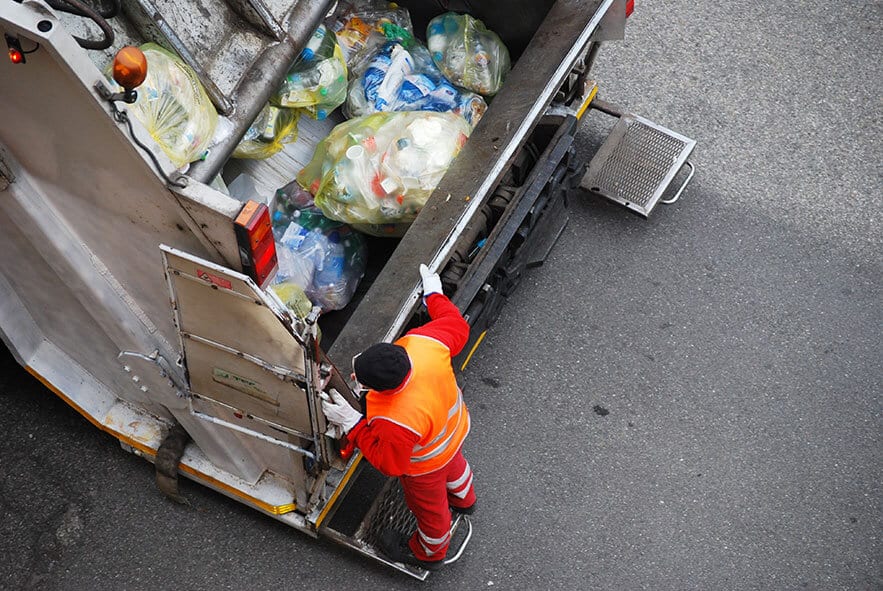Reading about the spat between the Philippines and Canada recently about the garbage that the Filipinos wanted to send back to the Canadians, my interest was piqued. It is said what was supposed to be recyclable garbage contained several non recyclable items, including soiled nappies.
Each year the world produces a mind boggling 2.2 billion tonnes of garbage. And this number will continue to grow.
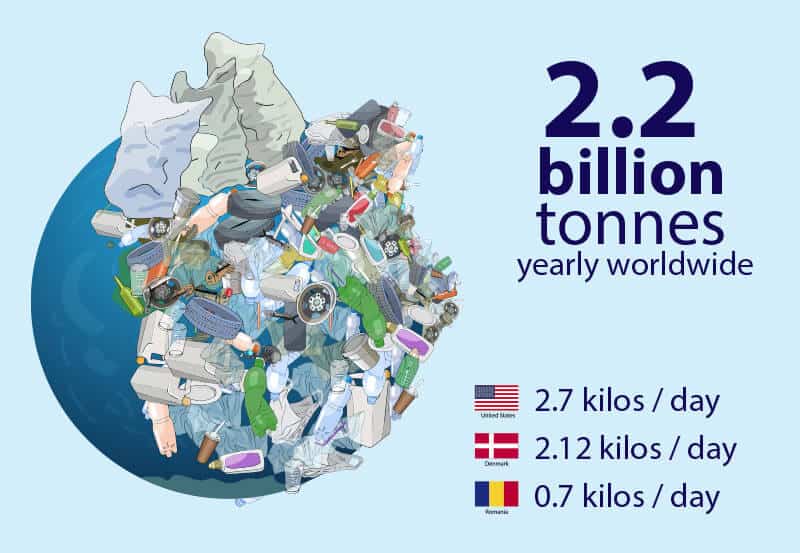
The average American produces 2.7 kilos of garbage each day and the average Dane produces 2.12 kilos per day. The rest of the developed countries somewhat less. In Europe the Romanians produce the least, approximately 700 grams per day per person.
To use the word ‘produce’ for garbage itself is an irony since the word production is normally associated with productivity and should have a positive connotation.
Most citizens dutifully put their garbage in recyclable containers. However, no country in the world has the capacity to recycle all of their own trash. In fact, a greater percentage finds its way to the landfills and an even greater amount is shipped to the ‘third world’ countries.
The only country in the world that is able to handle their own garbage and more is Sweden which has perfected the methods and uses a good part of it for the generation of energy.
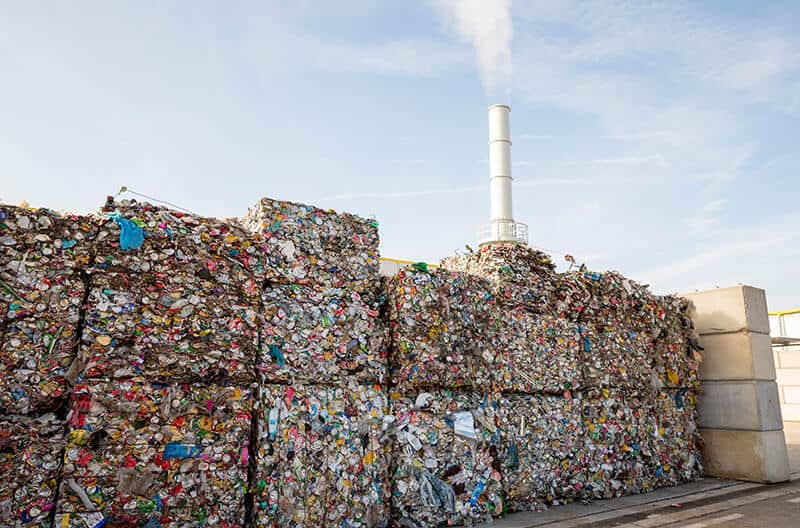
The top countries to which most of the trash is exported are China (not a third world country any longer), Nigeria, Ghana, the Philippines, Pakistan, India, Vietnam, Haiti, Mexico and ‘of course’ Bangladesh, among many others.
Dangerous Conditions
Most of the trash comprises of household waste, electronic products and even ships. Yes, ships that are no longer of service are sent straight to India where they are dismantled in the most hazardous conditions. Many people die each year handling the metal sheets.
An overwhelming number of children are involved in the segregation of of trash in the third world countries many of whom die a premature death. You also see mothers with infants tied to their backs working on gigantic piles of rubbish.
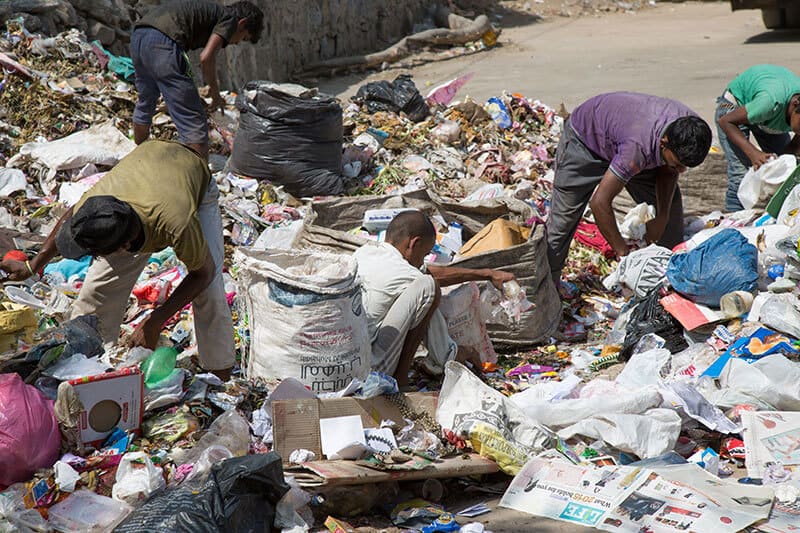
And what happens after the trash is screened and separated? For want of better facilities by the countries that handle the waste from the world, the junk and the filth including poisonous waste finds its way into the landfills and the rivers of those countries and eventually into the seas, the atmosphere and the oceans.
Some governments have been issuing leaflets on how to teach our children to manage waste. The question is who is going to teach the teachers. Interestingly, some of the schools in the developing countries are teaching their pupils to teach the parents how to handle waste.
Incidentally, most of the countries that handle the greater part of the world’s waste to whom the garbage is shipped are the ones who produce the least amount of trash on a per capita basis.
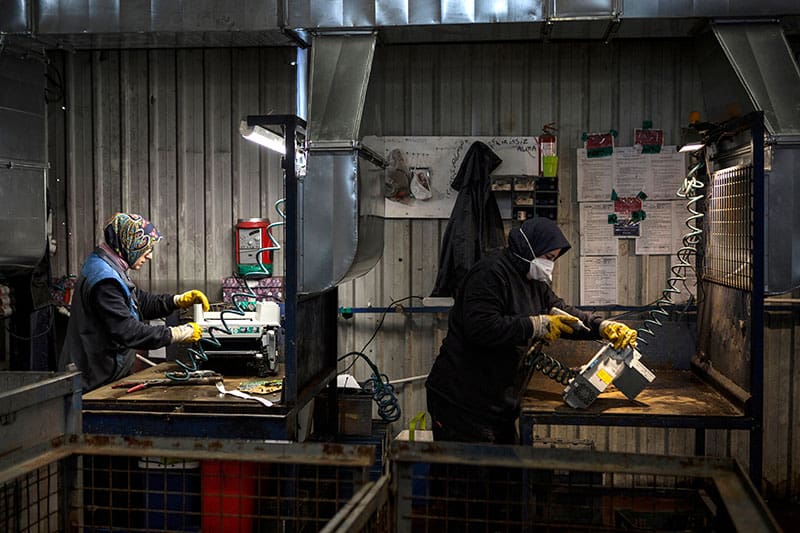
Human wants never appear to reduce. In fact, with the passage of time these wants for the material only continue to grow and grow. We are anyhow living in self created traps by being victims of our own wants which results not just in garbage but many other associated problems. But that’s another matter. We must learn to live on less.
Photos: Shutterstock / Infographic: Martina Advaney
Support us!
All your donations will be used to pay the magazine’s journalists and to support the ongoing costs of maintaining the site.
Share this post
Interested in co-operating with us?
We are open to co-operation from writers and businesses alike. You can reach us on our email at [email protected]/[email protected] and we will get back to you as quick as we can.
